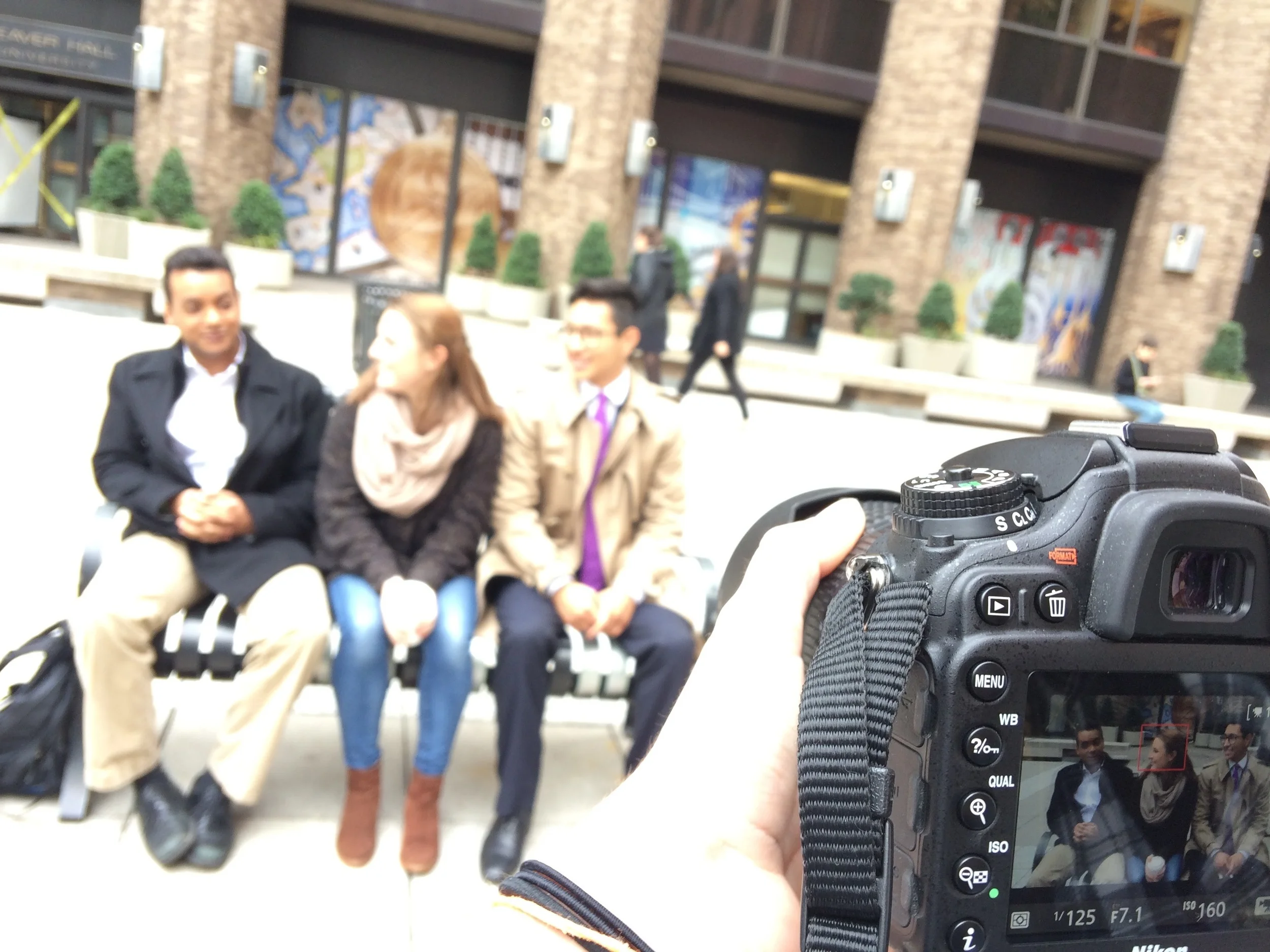Biodegradable Confusion
/by Aryn Aiken
According to the United Nations Environment Programme’s most recent report, “Biodegradable Plastics and Marine Litter,” biodegradable plastics are just as harmful to marine life as regular plastics. This danger is heightened by the misconception that biodegradable material can be disposed of flippantly because it will “vanish.” There is a strong confusion about what makes something worthy of the “biodegradable” label and how we should properly dispose of such substances. Biodegradable is defined as capable of “breaking down into carbon dioxide, water and biomass within a reasonable amount of time in the natural environment.” However, there has been no strict regulation on how long is a “reasonable amount of time” for labelling consumer goods as biodegradable. Everything degrades it’s just a matter of how long and under what conditions (somethings like a plastic bottle take forever to degrade). This October the Federal Trade Commission set a clear requirement for labelling a product biodegradable in a case against ECM Biofilms, which makes an additive for plastics to increase their biodegradability, and other companies. The FTC’s claim was that their product labelling was misleading and caused increased negligent disposable of their products. The new policy requires that “the entire item will completely decompose into elements found in nature within five (5) years after customary disposal.” However, ECM plans to appeal this decision because “by erecting an arbitrary and unscientific five-year cut off for use of the term ‘biodegradable,’ the FTC has imposed a constitutionally forbidden prior restraint on truthful speech.”
However, for marine life the danger posed by the improper disposal of “eco-friendly” plastics is very real. The microbes and high temperature that are needed for biodegradable plastics to fully break down into carbon dioxide, methane, and water, are rarely present in oceans. The lack of correct conditions for break down greatly increases the time it takes for the polymers to turn into safe compounds. UNEP estimates that 20 million metric tons of plastic ended up in oceans every year and this plastic doesn’t go away but becomes microplastic, dangerous to marine wildlife and ecosystems.












































